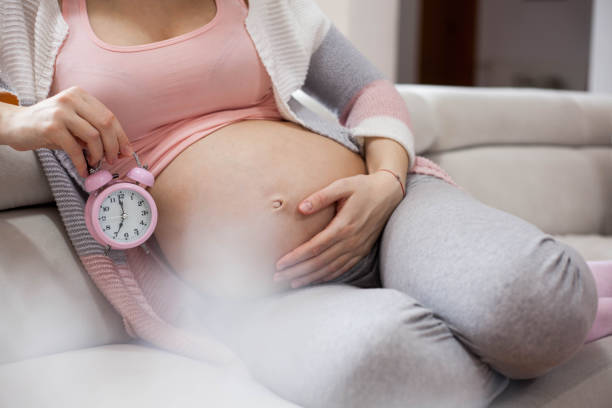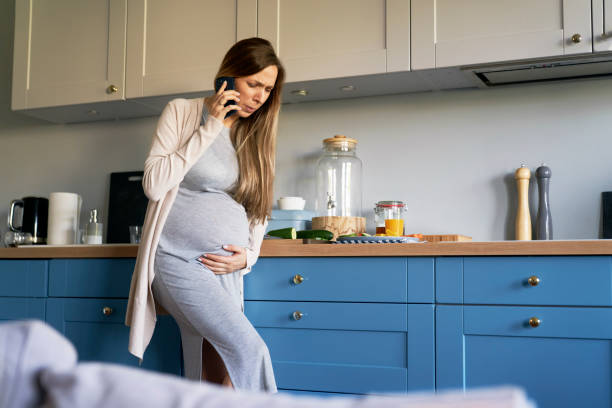Labour at 37 weeks marks the beginning of the final phase of pregnancy. This is the time when a mother is most likely to experience the physical signs and symptoms of labour. Understanding these signs and symptoms is important, as it can help prepare a mother for the birth of her baby. It is also essential to know what the treatment options are for labour at 37 weeks, so that a mother can be informed and make informed decisions about her care.
Symptoms and signs of labour at 37 weeks include:
Contractions: Contractions are the most common and recognizable sign of labour. They are rhythmic and painful, and usually come and go regularly.
Changes in vaginal discharge: As labour approaches, the cervix begins to dilate and thin out, leading to an increase in vaginal discharge. This discharge may be clear, pink or slightly bloody.
Back pain: Some women may experience back pain in early labour, which can be intense and steady, or come and go.
Diarrhea: Hormonal changes that occur during labour can cause digestive discomfort and diarrhea.
Breaking of the waters: This occurs when the amniotic sac that surrounds the baby ruptures and the fluid leaks out.
Feeling of pressure: As the baby drops lower into the pelvis, a mother may feel a noticeable increase in pressure in her lower abdomen.
Treatment for labour at 37 weeks:
Monitoring: A doctor or midwife will closely monitor the mother and baby to ensure that both are safe and healthy.
Pain relief: A mother can choose from a range of pain relief options, such as an epidural, nitrous oxide or other forms of medication.
Induction of labour: If a mother’s labour is not progressing naturally, a doctor may choose to induce labour. This is done using a combination of medication and other methods to stimulate the uterus to start contracting.
Cesarean section: In some cases, a cesarean section may be necessary to deliver the baby. This is a surgical procedure in which the baby is born through an incision made in the mother’s abdomen.
It is important to remember that every labour is unique and the experience can vary greatly from woman to woman. However, by understanding the signs and symptoms of labour and the various treatment options available, a mother can be better prepared for the birth of her baby.
In conclusion, at 37 weeks of pregnancy, a mother is likely to experience the physical signs and symptoms of labour. These may include contractions, changes in vaginal discharge, back pain, diarrhea, breaking of the waters and a feeling of pressure. The treatment options for labour at 37 weeks include monitoring, pain relief, induction of labour and cesarean section. It is essential for a mother to be informed about these options so that she can make informed decisions about her care.

 Home
Home Health
Health Diet & Nutrition
Diet & Nutrition Living Well
Living Well More
More












